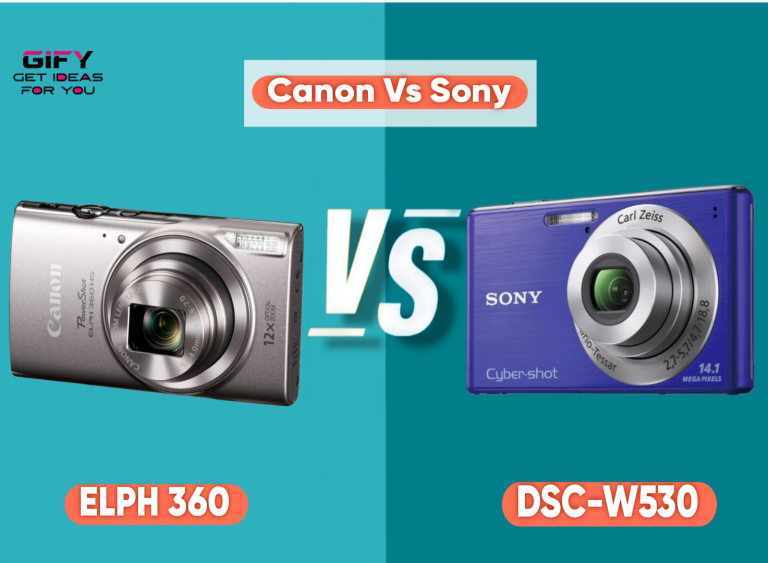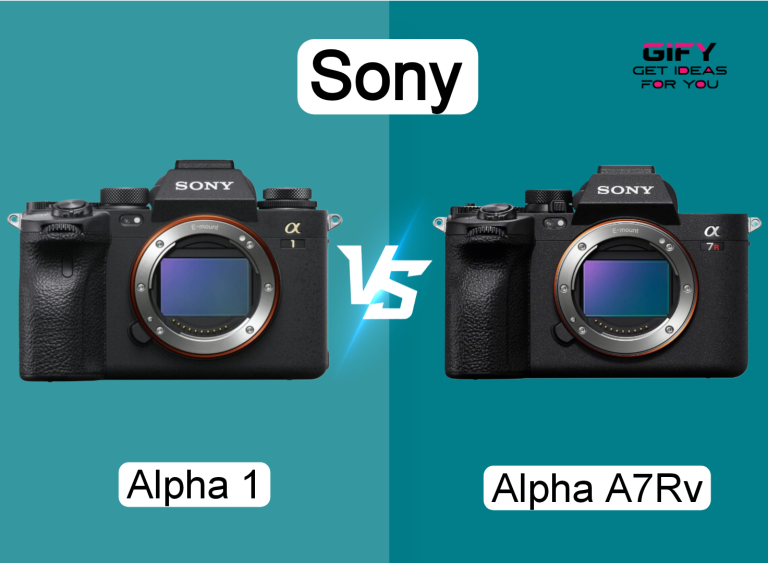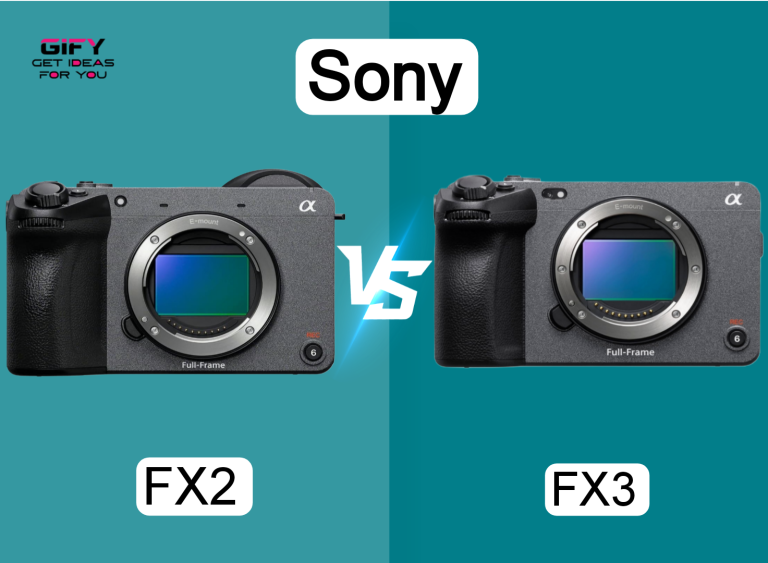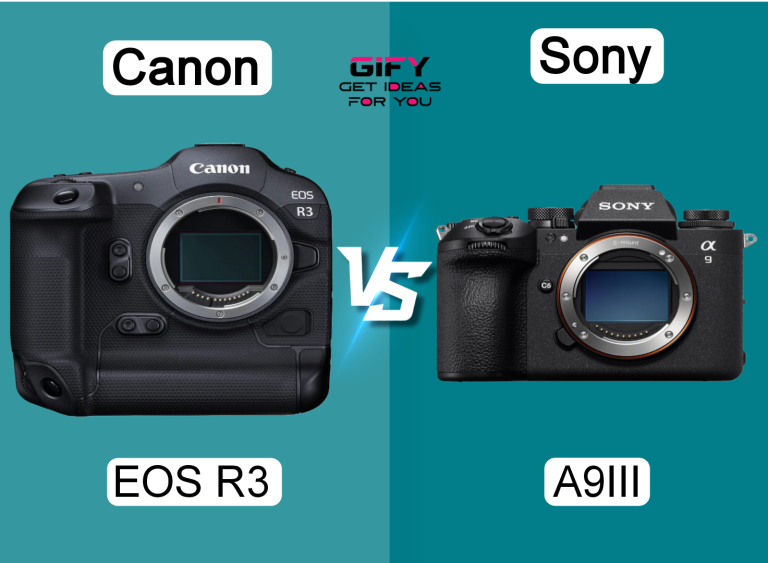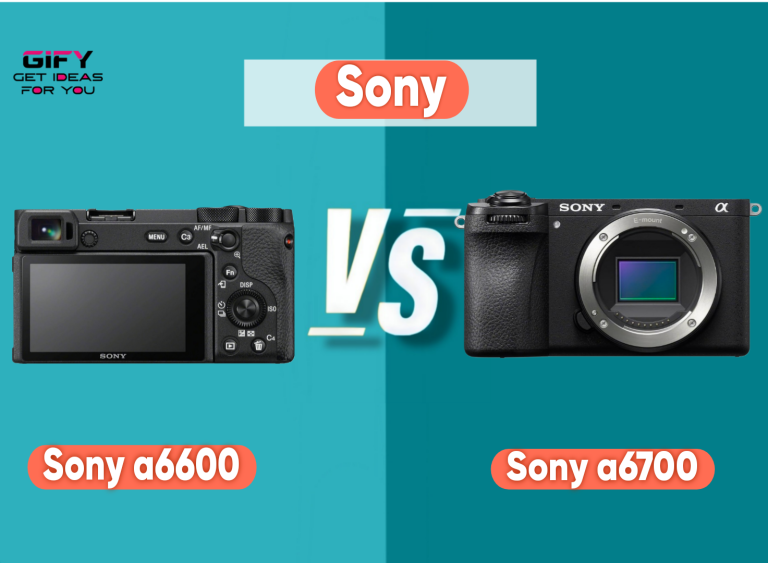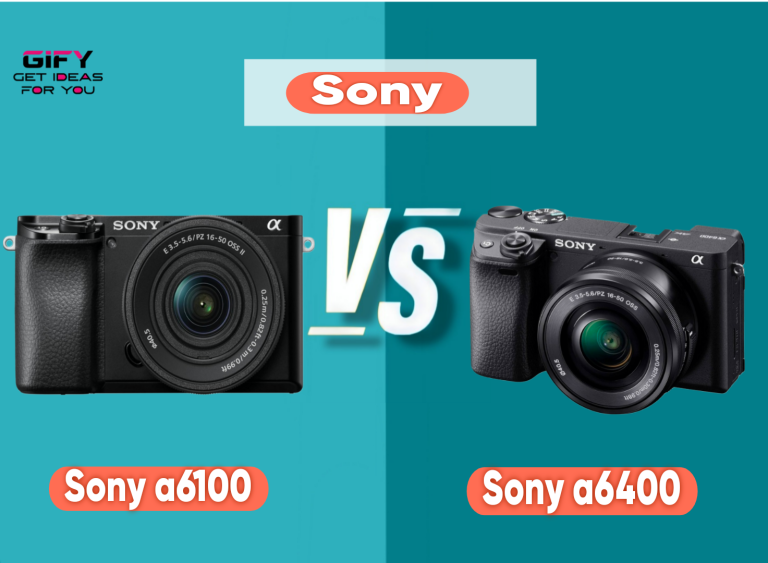Sony A7III Vs A7IV are two of the most discussed full-frame mirrorless cameras. Both are crafted for photographers who demand performance, versatility, and value. But deciding between them is not always simple. Each has strengths that appeal to slightly different audiences.
The Sony A7III came as a revolutionary model in its time. It offered a balance of image quality, speed, and affordability. With a 24.2MP BSI sensor, fast autofocus, and 10fps shooting, it became a favorite among hybrid shooters who need both photo and video performance.
On the other hand, the Sony A7IV takes everything the A7III did well and upgrades it. With a new 33MP sensor and the advanced BIONZ XR processor, it delivers richer detail, improved color science, and better video quality. Sony designed it for creators who want cutting-edge tech and flexibility for the future.
If you shoot weddings, portraits, or landscapes, both cameras deliver stunning results. But videographers will quickly notice the A7IV’s advantage with 10-bit 4:2:2 internal recording and 4K 60p capability. Meanwhile, the A7III still shines with incredible value and proven reliability.
This detailed comparison will explore every major feature — from sensor performance to autofocus, low-light handling, color depth, stabilization, and usability. We’ll also rate both cameras across key categories and help you decide which model fits your needs best.
Quick Comparison Table
| Feature | Sony A7III | Sony A7IV |
|---|---|---|
| Sensor Resolution | 24.2MP | 33MP ✅ |
| Continuous Shooting | 10 fps ✅ | 10 fps |
| Video Recording | 4K 30p | 4K 60p ✅ |
| Autofocus Points | 693 Phase / 425 Contrast ✅ | 759 Phase / 425 Contrast |
| ISO Range | 50–204,800 ✅ | 100–51,200 |
Sony A7III Overview
The Sony A7III is known as the “basic model” that set the standard for modern full-frame mirrorless cameras. It carries a 24.2MP BSI sensor that captures clean, dynamic images even in challenging light. Its ISO performance and autofocus tracking make it ideal for events, wildlife, and daily photography.
It shoots up to 10fps with full autofocus tracking and silent shutter mode. Videographers appreciate its 4K video from 6K oversampling, delivering detailed footage. Its battery life of over 700 shots also adds reliability for long sessions.
Pros
- Excellent low-light performance
- Strong dynamic range and color depth
- Reliable 10fps continuous shooting
Cons
- No 10-bit video recording
- Older menu system
- Limited touchscreen functions
Key Takeaway
A7III balances performance and price. It’s perfect for photographers who want full-frame quality without overpaying for pro features.
Sony A7IV Overview
The Sony A7IV is a next-generation hybrid camera that raises the bar. Its 33MP sensor and BIONZ XR processor make every shot sharper and richer. It delivers more detailed color tones and smoother gradations in both photo and video.
It records 4K 60p 10-bit 4:2:2 internally — a big jump for videographers. The new menu layout and touchscreen make navigation faster. Autofocus now detects eyes for humans, animals, and even birds.
Pros
- 33MP detailed sensor
- 10-bit 4:2:2 video recording
- Improved menu and handling
Cons
- Slightly heavier body
- More expensive
- Rolling shutter visible in 4K 60p
Key Takeaway
A7IV is made for serious creators who want the best hybrid camera under $3000.
Feature-by-Feature Comparison
Sensor
The A7III features a 24.2MP Exmor R BSI sensor, while the A7IV steps up to a 33MP back-illuminated sensor. The difference may seem small, but it provides noticeably more detail in fine textures and cropping flexibility. Both offer great color accuracy, but the A7IV produces slightly richer tones.
💡 Tip
For large prints or heavy cropping, the 33MP A7IV provides extra headroom without losing clarity.
Processor
The A7III uses the older BIONZ X processor, while the A7IV is powered by the advanced BIONZ XR engine — up to 8x faster. This impacts startup speed, image processing, and even the live view lag. The faster processor also reduces noise and improves color rendering.
Autofocus
The A7III has 693 phase-detection and 425 contrast points, covering 93% of the frame. It’s fast and accurate. But the A7IV takes autofocus tracking to a new level. With 759 points and real-time eye AF for humans, animals, and birds, it rarely misses focus. It’s especially useful for wildlife and sports shooters.
Low-light Performance
Despite its older design, the A7III still wins slightly in low light. Its lower megapixel sensor allows bigger pixel size, producing cleaner images at high ISO. The A7IV is still good, but the A7III remains a benchmark for night photography and events.
☠️ Warning
If your main focus is low-light performance, the A7III’s ISO 204,800 capability gives a small but real advantage.
Video Recording
The A7III shoots 4K 30p from 6K oversampling, providing detailed footage but limited to 8-bit. The A7IV allows 4K 60p in 10-bit 4:2:2 with no pixel binning. This means smoother color grading and professional flexibility. Videographers will find the A7IV far more future-proof.
Stabilization
Both cameras include 5-axis in-body stabilization. The A7IV refines it slightly with improved algorithms. In practice, you’ll get smoother handheld shots and better results with longer lenses on the A7IV.
Sony A7III Detailed Review
We tested the A7III across multiple scenarios — portraits, wildlife, and video shoots. It continues to impress with its stability and color consistency. Autofocus is near instant, and subject tracking is trustworthy even in dim light.
The camera feels compact yet professional. Controls are intuitive once you get used to the Sony layout. Its battery life easily lasts a full day, making it perfect for travel or weddings. For video, 4K output is crisp, though limited to 8-bit recording.
💡 Tip
Use the “Silent Shooting” mode for events where noise could distract — it keeps 10fps speed quietly.
Sony A7IV Detailed Review
Testing the A7IV, we instantly noticed improved responsiveness. The new menu is clean, touchscreen works like modern smartphones, and color rendering feels cinematic. 4K 60p 10-bit output produces rich video quality with incredible depth.
Still photography shows increased sharpness, and the autofocus rarely fails. Real-time eye tracking for birds works surprisingly well. The slight increase in body weight improves balance with large lenses. The only downsides are rolling shutter during panning and higher price.
☠️ Warning
Avoid using 4K 60p in full-frame mode for fast pans — rolling shutter may cause slight wobble.
Ratings Summary
| Category | Sony A7III | Sony A7IV |
|---|---|---|
| Performance ⚡ | 88% | 94% |
| Design 🎡 | 85% | 92% |
| Battery 🔋 | 95% | 90% |
| Value 💰 | 97% | 88% |
Read Releted Article:
(1) Canon G7X vs Sony RX100: Honest Comparison for Everyday Creators
FAQs : Sony a7iii vs a7iv
Which camera is better for photography?The A7IV gives more resolution and improved color, while the A7III still delivers exceptional quality for most photographers.
Does the A7IV overheat during video recording?It handles long 4K sessions well. Sony improved heat management, so overheating is minimal compared to older models.
Is the A7III still worth buying in 2025?Absolutely. It remains a balanced and powerful camera with outstanding value for both photos and 4K videos.
Which model has better autofocus?The A7IV leads with advanced AI-based eye tracking for humans, animals, and birds — making it more reliable for moving subjects.
Which one should beginners choose?Beginners will find the A7III easier to handle and more affordable. The A7IV suits advanced users or professionals.
Final Verdict
After testing and comparing both cameras in depth, the decision depends on what kind of creator you are. The Sony A7IV brings superior resolution, faster processing, better color depth, and advanced 10-bit 4K video features. It is designed for professionals and hybrid shooters who want the best image and video quality in one body.
Meanwhile, the Sony A7III continues to deliver incredible value. Its low-light performance, reliable autofocus, and long battery life make it an excellent all-around tool for both enthusiasts and professionals who don’t need the latest specs. It’s especially appealing if you want to save money without sacrificing full-frame quality.
If your work involves more video, detailed color grading, or future-proof content creation, choose the Sony A7IV. But if you’re mainly into photography, events, or casual filmmaking, the Sony A7III still offers unbeatable performance for its price.
💡 Verdict Summary
Choose Sony A7IV if you want the most advanced hybrid camera with rich video features.
Choose Sony A7III if you value simplicity, longer battery, and better price-performance balance.
Consultation Line
Both cameras are exceptional tools built for creators who want professional results. Before you decide, review your shooting style and priorities. If you need future-proof specs and ultimate flexibility, the A7IV is the winner. But if you want excellent full-frame performance for less, the A7III remains a classic choice.




